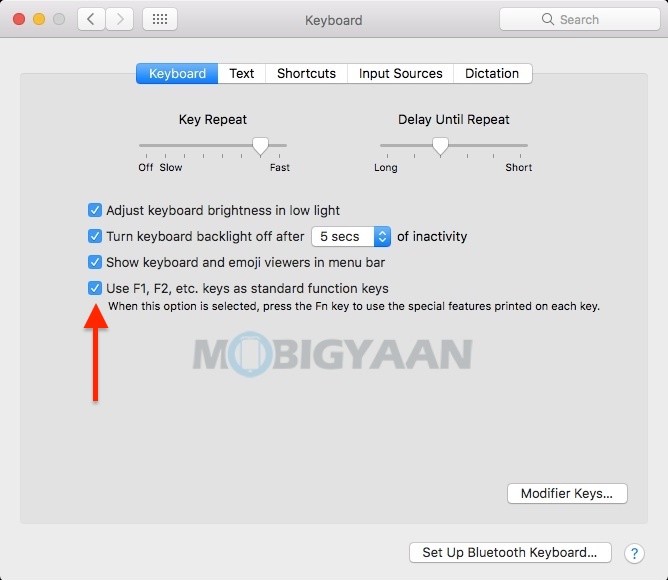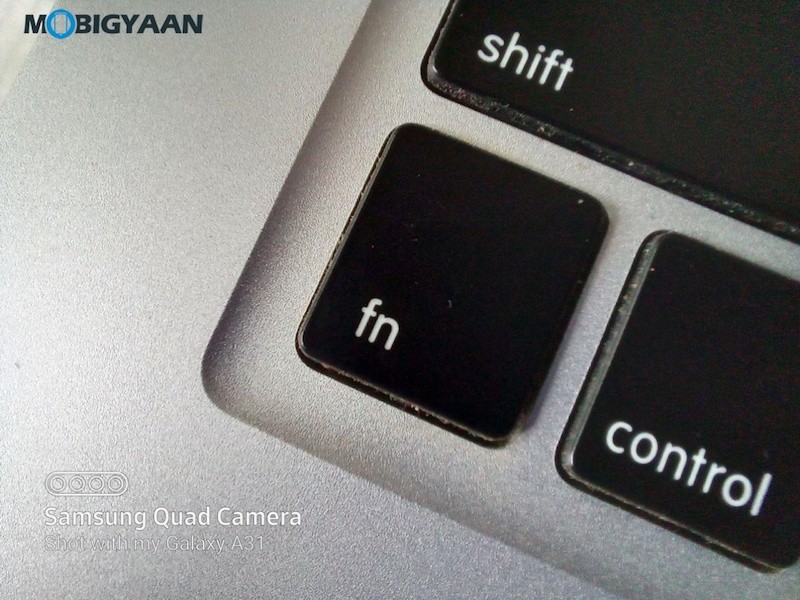

These keys control the brightness of your screen.

But with practice, typing things like phone numbers and prices is much faster with the number pad, since you don’t have to look down at what you’re doing.Īpple has been quietly eliminating the numeric keypad from most of its keyboards, but you can still find it on some models. The number-pad keys do exactly the same thing as the numbers at the top of the keyboard. Pressing the Fn key in the corner changes their personalities, though. Ordinarily, the F1 through F4 keys correspond to Screen Dimmer, Screen Brighter, Exposé, and Dashboard. In Microsoft Word for OS X, for example, Shift- Return inserts a line break, but Shift- Enter creates a page break.įigure 1-6. On the top row of aluminum Mac keyboards, the F-keys have dual functions. Every now and then, though, you’ll run across a Mac program where Return and Enter do different things. Most of the time, their function is identical-either can “click” the OK button of a dialog box. On the Mac, the big key on the number pad still says Enter, but the key on the alphabet keyboard is labeled Return. They’re identical in function pressing either one serves to “click” the OK button in a dialog box, for example.
F1 keys on mac keyboard windows#
Most full-size Windows keyboards have two Enter keys: one at the right side of the alphabet keyboard and one in the lower-right corner of the number pad. You can still perform a forward delete, however, by pressing the regular Delete key while pressing the Fn key in the corner of the keyboard.Įnter.

On small Mac keyboards (like laptop and wireless keyboards), this key is missing. On a desktop Macintosh with a full-size keyboard, it’s labeled with Del and the symbol. The Delete key in Windows (technically, the forward delete key, because it deletes the character to the right of the insertion point) is a different story. On the Mac, the backspace key is labeled Delete, although it’s in exactly the same place as the Windows Backspace key. Depending on the manufacturer of the keyboard, the Windows-logo key may work just like the Mac’s ⌘ key.īackspace and Delete. Just about any USB keyboard works on the Mac, even if the keyboard was originally designed to work with a PC. Then again, there’s no Start menu to open by pressing it, either. As you probably could have guessed, there is no Windows-logo key on the Macintosh. (See Input Sources to find out how you can see which letters turn into which symbols when pressed with Option.) And if you press the Option key while you type R, G, or 2, you get the ®, ©, and ™ symbols in your document, respectively. Whereas the Alt key’s most popular function is to control the menus in Windows programs, the Option key on the Mac is a “miscellaneous” key that triggers secret functions and special characters.įor example, when you hold down the Option key as you click the Close or Minimize button on a Macintosh window, you close or minimize all open desktop windows. Still, these two keys aren’t exactly the same. For example, in Microsoft Word, the keyboard shortcut for the Split Document Window command is Alt+Ctrl+S in Windows, but Option-⌘-T on the Macintosh. In many situations, keyboard shortcuts that involve the Alt key in Windows use the Option key on the Mac. This is the closest thing the Mac offers to the Windows Alt key. On North American Mac keyboards, a key on the bottom row is labeled both Alt and Option.

Here’s your cheat sheet to the menu keyboard symbols: represents the Shift key, means the Option key, and refers to the Control key.Īlt key. Unfortunately, they’re represented in the menu with goofy symbols instead of their true key names. Mac keyboard shortcuts are listed at the right side of each open menu, just as in Windows.


 0 kommentar(er)
0 kommentar(er)
